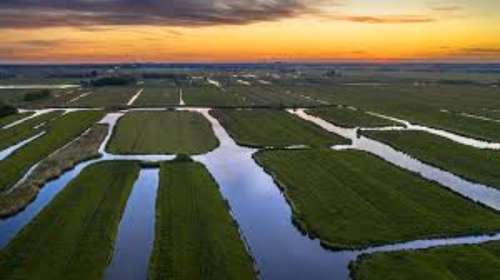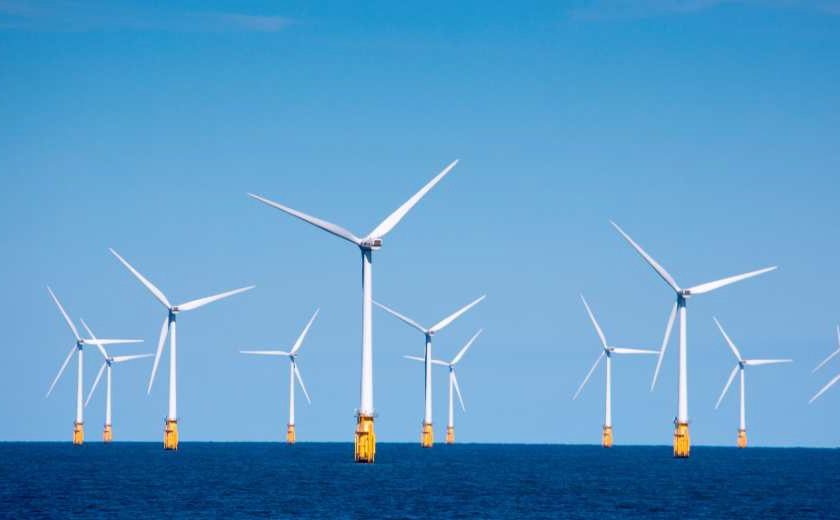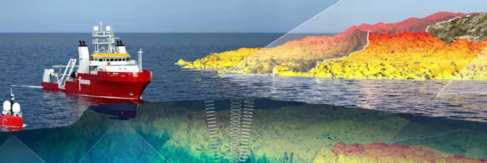Sustainability consultancy Tunley Environmental has launched an updated Eco Water Resource Assessment Service, now formally introduced as the Water Footprint Assessment Service, reflecting growing need for robust water sustainability practices across high-impact sectors. The service integrates globally recognized methodologies including ISO 14046 for water footprint analysis principles and the EU Water Framework Directive for conservation efforts. With the European Environment Agency reporting only 40% of European surface water meets good ecological standards, businesses face growing scrutiny to quantify and manage their water footprints.
The service uses science-based methodology to evaluate total water use and impact across operations and supply chains through life cycle analysis. It examines direct and indirect water consumption plus water-related impacts across environmental indicators including scarcity, quality degradation and regional availability. For businesses seeking to future-proof environmental performance, water footprint analysis offers strategic and operational value by providing detailed understanding of water use across product lifecycles or industrial processes.
This enables informed decision-making around conservation, supply chain resilience and reputational risk while identifying resource efficiency and cost-saving opportunities. The assessment follows a structured process beginning with desktop evaluation of site conditions and operational water use. Data is modelled using ISO 14046-compliant methodologies with region-specific scarcity and degradation factors. A detailed report with visual outputs, reduction opportunities and regulatory alignment recommendations is then provided, with follow-up consultancy available for implementation support.
Dr Gareth Davies, Senior Sustainability Scientist at Tunley, explains: “This service helps companies identify water stress zones, calculate localized impact and develop custom mitigation strategies. We’ve tailored the methodology for use across sectors from heavy industry to agriculture and infrastructure.”





